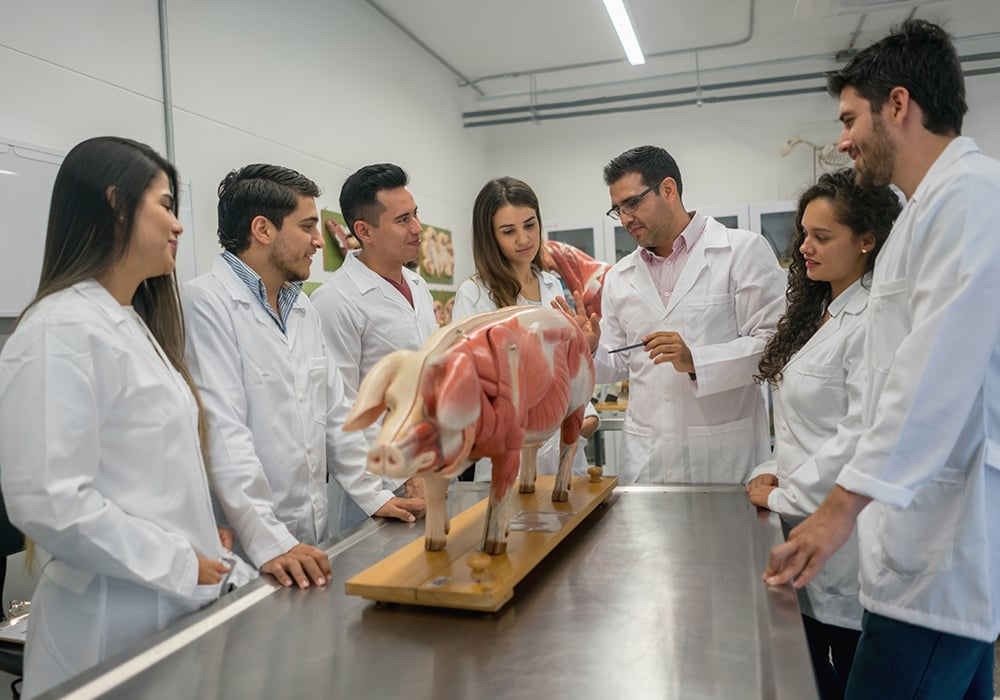British Columbia is doubling the number of subsidized seats for B.C. veterinary students who attend the Western College of Veterinary Medicine at the University of Saskatchewan.
According to the B.C. government, the number of provincially subsidized seats in the WCVM’s Doctor of Veterinary Medicine program will permanently increase to 40 from 20, with the support of an initial investment of $21.8 million over three years.
The move follows several years of vet shortages in the province.
There are many job openings, and many established vets report being overworked and unable to keep up with demand.
Read Also

Canadian Food Inspection Agency extends chronic wasting disease control program consultation deadline
Date extended for consultation period of changes to CWD program
Pet owners and livestock producers have also voiced frustration with long wait times for appointments while their animals suffered.
The demand for large animal specialists has led to a shortage of veterinary professionals not only in Western Canada, but across North America.
“It’s clear we need more veterinarians in our communities, so our pets and livestock receive the attention they need, when they need it, and our government continues to take action on both recruitment and training to make that happen,” Pam Alexis, B.C. Minister of Agriculture and Food, said in a media release.
“It has been very challenging for ranchers to access vet care in the rural and northern communities of B.C.,” said Werner Stump, vice-president of the B.C. Cattlemen’s Association. “This announcement is welcomed as enhanced funding for B.C. veterinary students is a critical first step to providing animal care in these parts of the province.”
The province’s increased investment means the WCVM will have 88 students in the first-year class.
Saskatchewan and Manitoba also announced increased funds for the WCVM last fall. Each province expanded its student seat quota by five so Saskatchewan now has 25 seats in the college’s first-year class and Manitoba has 20. Two seats are set aside for Indigenous applicants and another for a student from the northern territories.
WCVM Dean Dr. Gillian Muir said B.C.’s decision is a critical step toward addressing the shortage of veterinarians.
“This commitment also allows B.C. and the WCVM to work together to target priorities for British Columbians, including training more veterinarians who want to practise in rural communities and attracting more Indigenous students to the profession,” she said.
B.C. continues to recruit more vets and has added veterinarians and registered veterinary technologists to the list of priority occupations under the Provincial Nominee Program. This helps ensure that clinics have access to professionals to provide animal care.
Alberta established its own veterinary medicine program at the University of Calgary in 2008, and beginning in 2020 did not renew its participation in the WCVM program.
















